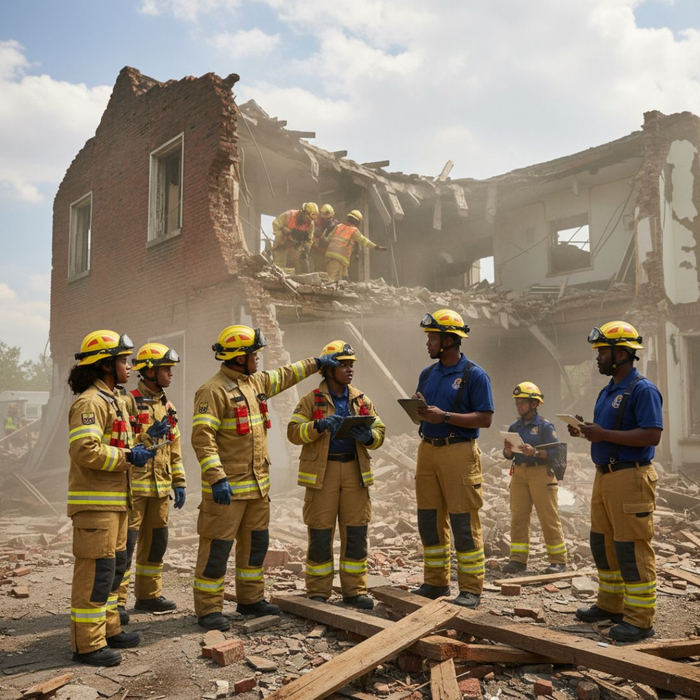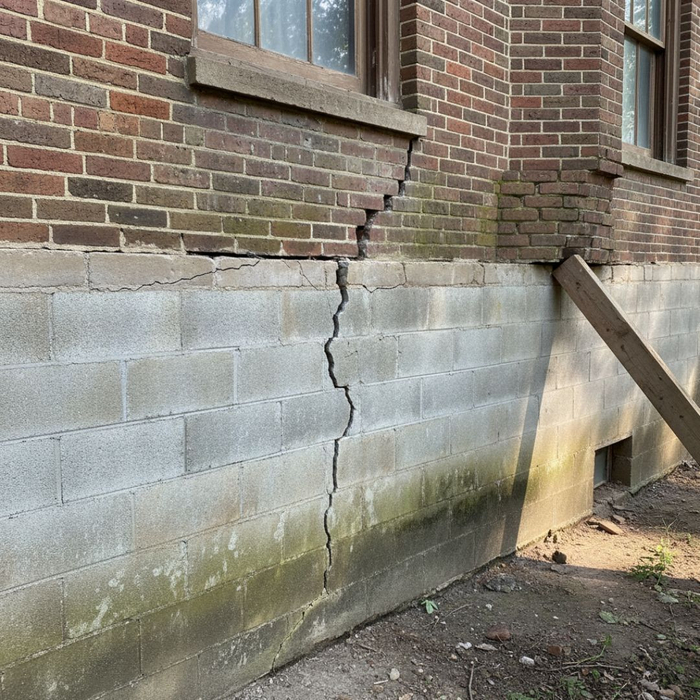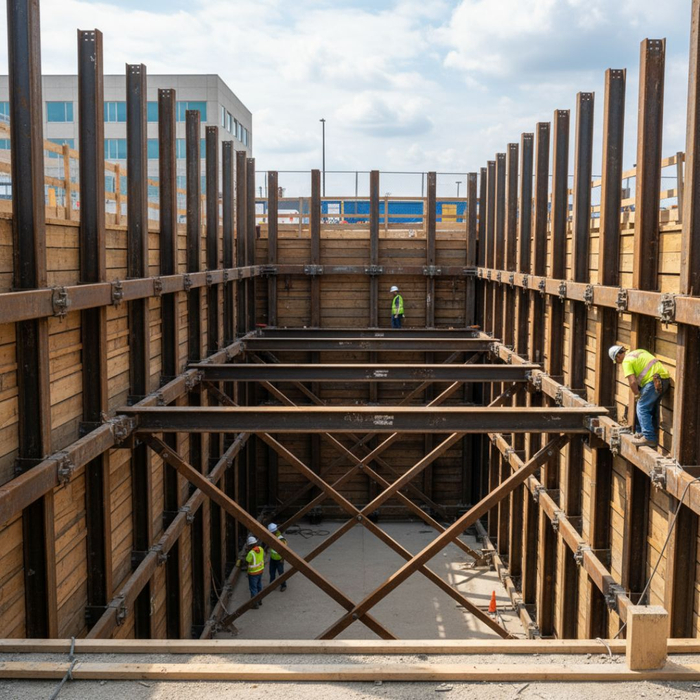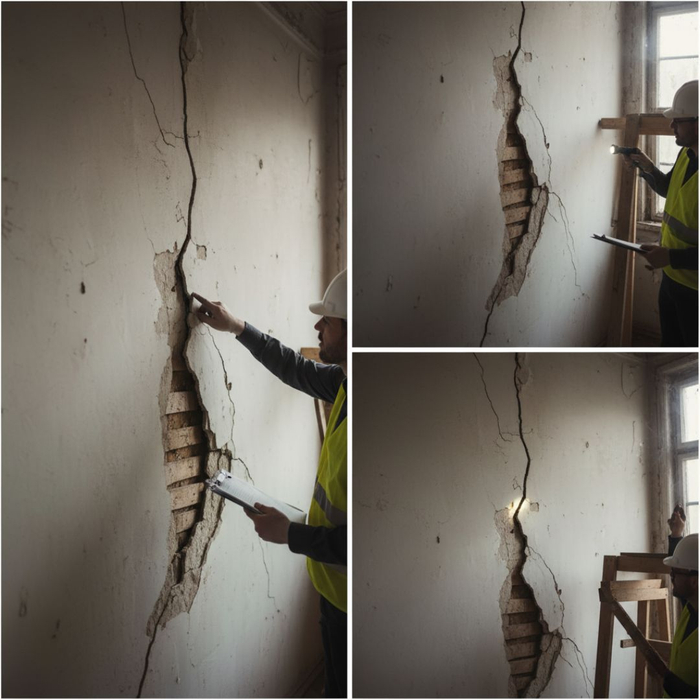Emergency shoring is the rapid deployment of temporary support structures to stabilize a building or other structure that is in danger of collapse. Recognizing the warning signs that necessitate this urgent intervention is crucial for safety and property preservation. From natural disasters to unexpected accidents, understanding when to implement emergency rescue shoring techniques can prevent catastrophic failures.
When is Emergency Shoring Necessary? A Guide to Structural Instability

Sudden Damage from Disasters or Accidents
The most immediate need for emergency shoring often follows a sudden event. Earthquakes, floods, high winds, or a significant fire can compromise a building's structural integrity in an instant. Similarly, an impact from a vehicle or heavy machinery can weaken critical load-bearing elements, requiring the immediate installation of temporary support columns to prevent further damage or collapse.

Progressive Structural Deterioration
Not all structural failures are sudden. Over time, materials can degrade due to age, water damage, rot, or corrosion. Foundations can settle unevenly, causing dangerous cracks and shifts in the structure above. When these signs are identified, temporary support structures are essential to safely secure the building while a permanent engineering solution is developed and implemented.

Risks During Construction or Demolition
Construction, renovation, and demolition projects can inadvertently destabilize a structure. The removal of a load-bearing wall, excavation near a foundation, or an error during the project can create an immediate hazard. In these scenarios, emergency shoring provides the necessary stability, protecting workers and the surrounding property until the structure can be properly secured or safely dismantled.

Visible Signs of Critical Instability
There are clear visual cues that demand immediate attention. Large, growing cracks in walls or foundations, bulging or leaning walls, and floors that are noticeably sagging are all critical indicators of instability. If you observe these conditions, it’s imperative to evacuate the area and engage professionals to install temporary support structures as a precautionary measure
These situations highlight the critical role of swift and professional intervention. Understanding the causes of instability allows for a rapid response, ensuring safety and protecting valuable assets. If you notice any of these warning signs, it is vital to act immediately. At Ironmen Building Movers, we specialize in providing expert assessments and deploying the necessary support. Contact us to ensure your structure is safely and professionally secured.
